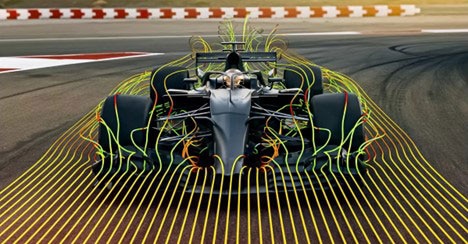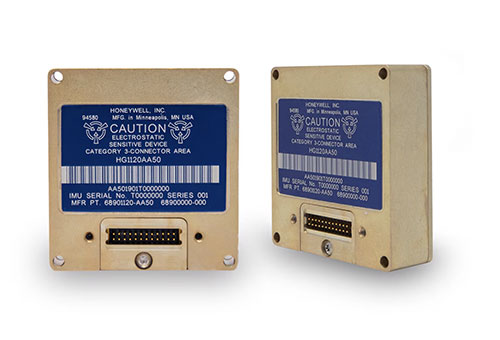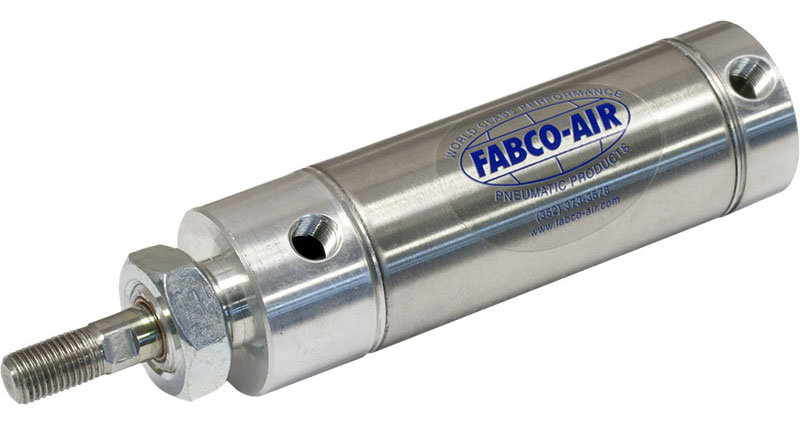Leveraging Digital Twins for Technology Design and Manufacturing
Digital twins equip engineers with powerful design simulations, virtual sandboxes, holistic performance predictions, and optimization routines. Depending on the application, this either quickens iterative design work or boosts operational performance on the fly.
Digital twins integrate simulation with machine learning and data analytics to let engineers test, refine, and perfect designs at two key design stages — before they’re physically realized and (for more sophisticated systems) once they’re in operation and positioned to benefit from continuous optimization. At both stages, digital twins can significantly improve design quality, cost, and even safety and cybersecurity.
It’s increasingly common for these virtual representations — including connected models of physical components, product assemblies, processes, and systems — to update in realtime with analyzable data.
 Figure 1: Ansys Discovery 3D product-simulation software and NVIDIA Omniverse Blueprint templates (workflows) enable realtime CAE to generate digital twins of large-scale workflows. (Image source: Ansys)
Figure 1: Ansys Discovery 3D product-simulation software and NVIDIA Omniverse Blueprint templates (workflows) enable realtime CAE to generate digital twins of large-scale workflows. (Image source: Ansys)
Core to the function of digital twins’ reflection of designs in the physical world are sensors and IoT devices that feed data to software that in turn builds out the design in virtual space. Here, so-called edge computing is increasingly common with sensors that process the data they collect about physical systems before transmitting onward to the virtual counterpart.
 Figure 2: Honeywell inertial measurement units (IMUs) are integrated smart sensors that track aircraft orientation and movement for digital-twin flight dynamics modeling. (Image source: Honeywell Aerospace)
Figure 2: Honeywell inertial measurement units (IMUs) are integrated smart sensors that track aircraft orientation and movement for digital-twin flight dynamics modeling. (Image source: Honeywell Aerospace)
Consider digital twins for product-design work in the electronics industry. The models allow relatively risk-free investigation and adjustment of mechanical circuit performance, potential modes of electromagnetic interference, and thermal behavior sans the need for costly physical prototypes that can take a long time to procure and test. These and other products developed with the use of digital twins tend to be innovations that exceed industry requirements. The automotive, aerospace, and defense industries have the most to gain from such design approaches, as even minor modifications in these spaces can profoundly affect design functionality and manufacturability.
Video: Piezoelectric accelerometers are essential to including vibrational behavior in the digital twins of industrial applications. IO-Link communications simplify the processing of the accelerometer’s output data. (Video source: Amphenol PCB Piezotronics)
When expanded to model smart factories and beyond, digital twins increasingly serve as the foundation of the greater industrial metaverse. This digital realm models and connects whole machines, industrial facilities, and supply chains to feed into and distribute out of production operations.
The only catch? The programming, computational demands, and energy consumption of maintaining the industrial metaverse are substantial. After all, use of this metaverse necessitates:
- Ultra-fast internet and high-performance processors — especially when graphic-intensive 3D virtual-reality settings are part of the system
- Realtime assimilation of often-vast sensor data
- Virtual manufacturing facilities and their myriad digital objects hosted at data centers (for Cloud functionality) and in many cases protected with blockchain technology
- Notoriously energy-intensive AI-driven analytics and neural networks for machine-learning functions
Where the investments in approaches leveraging digital twins and the industrial metaverse are justified, extremely large companies tend to supply the tools to support their use. In contrast, small and medium-sized enterprises benefit most from their use. For example, Siemens, Autodesk, and Dassault Systèmes software ecosystems support the design and use of holistic virtual models; Ansys and Altair Engineering simulation tools (including the One Total Twin product) allow for product modeling that accounts for parameters such as material properties and performance over an expected lifecycle.
Additional reading: How SMEs Can Use an Industrial Metaverse to Explore and Deploy Robotic Solutions
Industrial-metaverse applications seeing the fastest adoption are those in logistics, manufacturing, healthcare, education, entertainment, and city planning. In fact, some of the metaverse use attributed to manufacturing actually relates to the improvement of supply chains — especially for programs to boost transport efficiencies and visibility.
Manufacturing uses for the industrial metaverse are on the rise, though — especially for the reduction of bottlenecks, process optimization, quality control, and predictive-maintenance programs.

Have questions or comments? Continue the conversation on TechForum, DigiKey's online community and technical resource.
Visit TechForum








